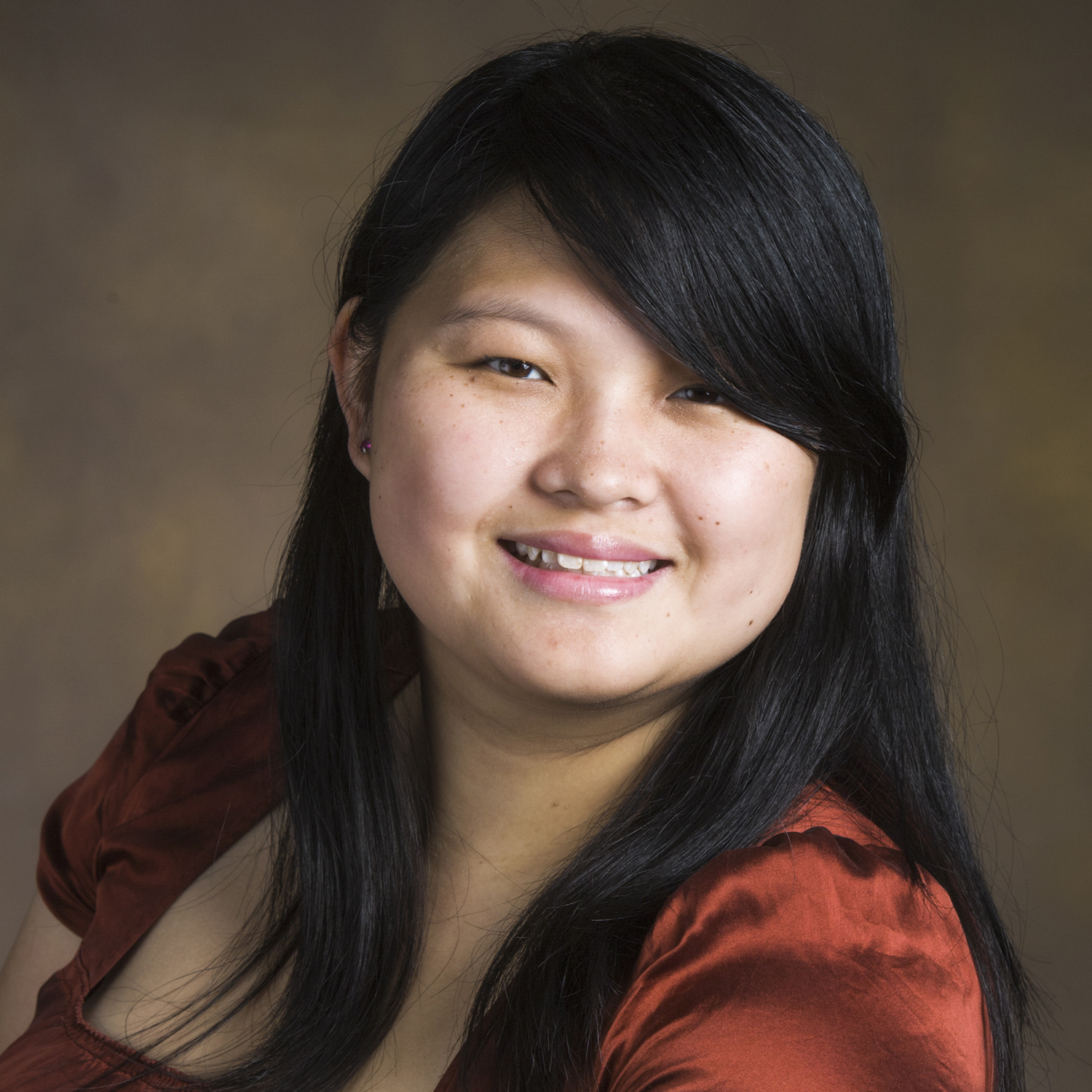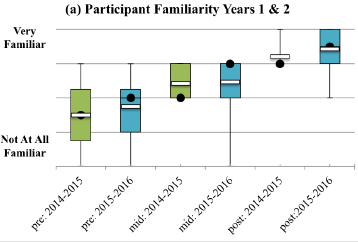Overcoming Difficulties in Research Statement Preparation for the Academic Job Search: Expansion of a Peer-Focused Professional Development Program
According to data from ASEE, women were awarded 23.1% of engineering doctoral degrees and held 15.7% of tenured/tenure-track faculty positions in 2015 versus 21.3% and 12.7% in 2009, respectively 1,2. This slight increase over six years is encouraging but also serves to highlight the continuing paucity of female engineering faculty. The causes are multifaceted, including a perceived lack of academic work-life balance, a diminished self-confidence after a PhD, and a lack of existing role models. To combat this problem, graduate students and faculty at a large public university started a multi-month professional development program designed to strengthen the preparation of prospective female faculty candidates. The main goal of the program is to address the gender gap in engineering academia by knowledge dissemination in a collaborative community. We strive to provide information to our participants through seminars and panel discussions, followed by peer review groups to share and review application materials. This is the third iteration of the program and significant changes have been made to further increase its efficacy. One major development is expanding the research statement segment of our programming. In this paper, we examine the effectiveness of this new structure and explore in further detail how to successfully break down the research statement writing process into tangible segments. Lastly, we explore the differences between the two structures and make preliminary comments on the success of our program’s expansion.

